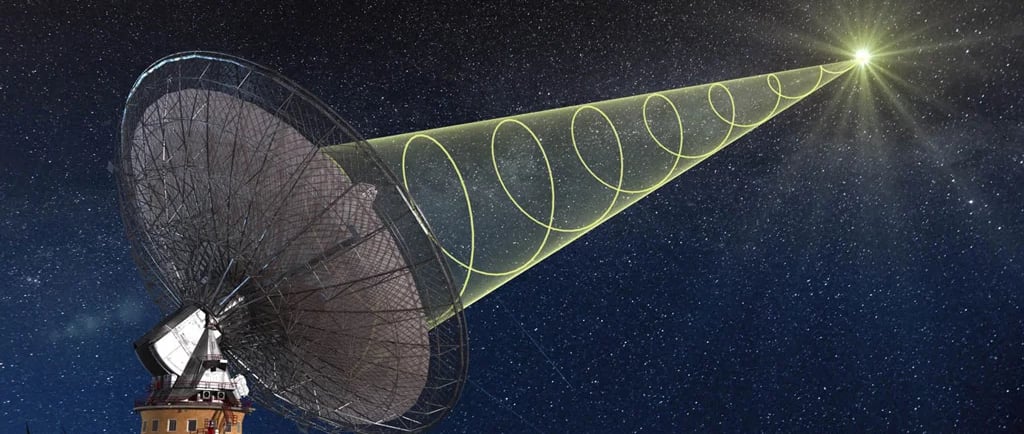The Sounds of Silence: How NASA Converts Radio Waves from Space


Introduction to NASA's Innovative Approach
NASA has consistently been at the forefront of scientific exploration, uncovering the mysteries of our universe. One of the most fascinating branches of this research involves the conversion of radio wave sounds to perceive the otherwise silent realms of space. Through sophisticated technology and cutting-edge techniques, NASA provides us with auditory representations of astronomical phenomena, allowing us to engage with the cosmos in an entirely unique manner.
The Science Behind Sound in Space
To comprehend how NASA captures these ethereal sounds, it is crucial to understand the nature of sound itself. On Earth, sound is produced through vibrations that travel through air, water, or solids. In contrast, space is essentially a vacuum devoid of atmosphere, making the traditional concept of sound propagation invalid. However, celestial bodies emit radio waves, which can be detected and transformed into sound waves using specialized instruments.
NASA employs a variety of space missions equipped with powerful radio antennas to capture these signals. Once received, the data undergoes sophisticated processing, where scientists reinterpret these radio frequencies into sounds that we can listen to. This creative approach reveals insights about the environments surrounding planets, stars, and other cosmic entities.
Fascinating Examples of Converted Radio Waves
One of the prominent projects showcasing this technique is the study of pulsars. These highly magnetized, rotating neutron stars emit beams of electromagnetic radiation out into space. By capturing their radio emissions and converting them into sound, researchers can delve into the pulsar's unique characteristics. Each pulsar has its distinct rhythm and frequency, much like a musical note, providing clues about its age, mass, and magnetic properties.
Moreover, planetary missions such as those to Jupiter and Saturn have yielded intriguing audio samplings. The radio waves emitted by these gas giants, laden with electromagnetic activities in their magnetospheres, have been translated into a symphony of sounds that depict the tumultuous atmospheres of these colossal planets.
Implications and Fascination
NASA's conversion of radio wave sounds to hear the silent space enriches our understanding of the universe, bridging gaps between complex scientific data and human perception. These auditory experiences not only enhance educational outreach but also inspire curiosity about the vastness of space and our place within it.
In an age where science and art converge, being able to listen to the sounds of cosmic entities captivates audiences worldwide. As NASA continues to push boundaries and innovate, the symphony of the cosmos becomes more accessible, allowing all of us to tune into the wonders of silence that space beholds.
